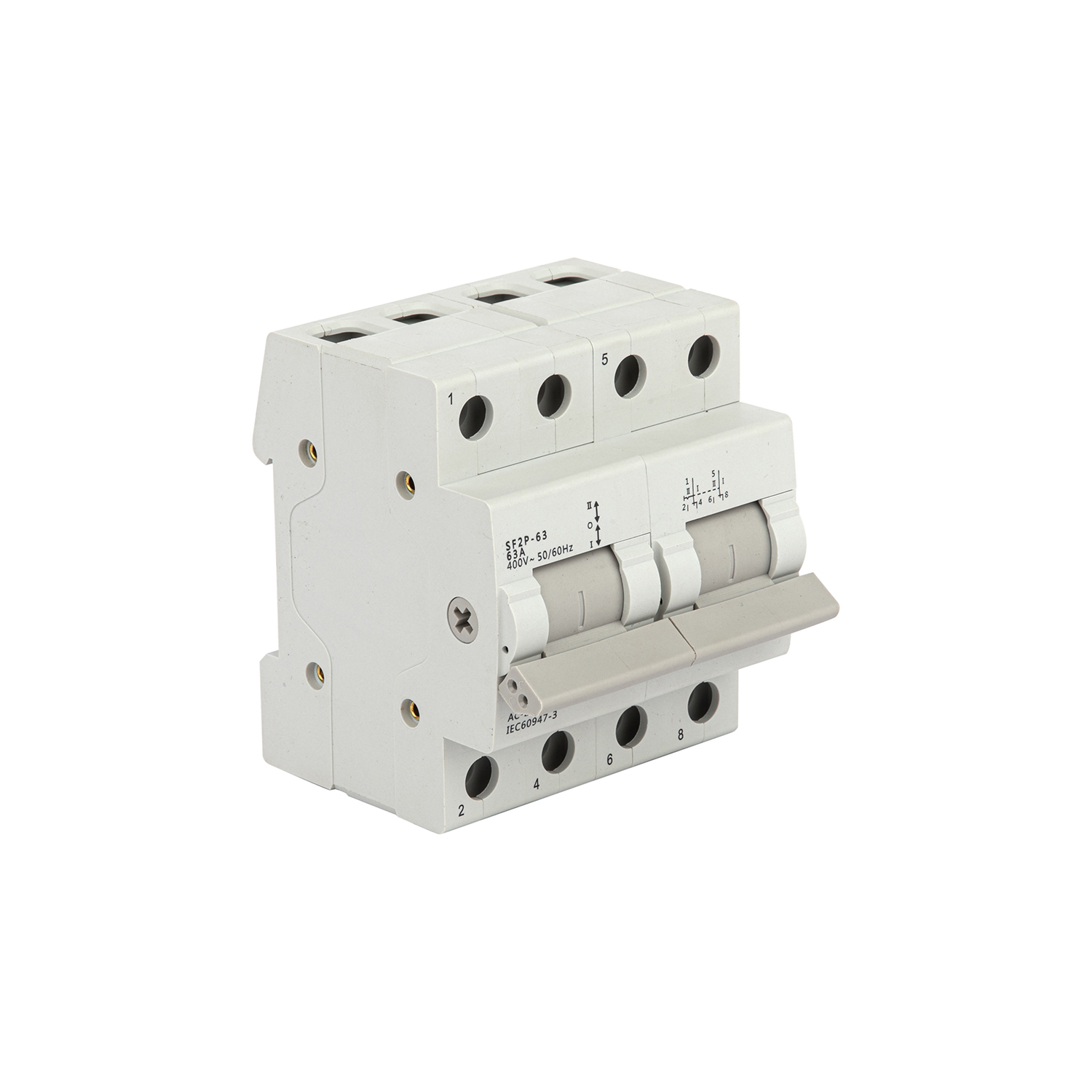The function and effect of circuit breaker:The role and efficacy of circuit breakers With the continuous development of modern industrial technology, power equipment plays an increasingly important role in our daily life and work. As one of the key elements to protect circuits and equipment, the role and efficacy of circuit breakers are crucial to our normal operation. This article will introduce the role of circuit breakers in detail and explain the practical significance of its efficacy.
First, we need to understand the basic function of a circuit breaker. The main function of a circuit breaker is to disconnect or shut down the current in a circuit. When the current exceeds the set safety value or a short circuit occurs in the circuit, the circuit breaker can automatically cut off the power supply to protect the equipment and wires from the hazards caused by overload and short circuit. Especially in home and industrial environments, electrical equipment is frequently used and in great demand. Once an electrical equipment fails, replacing the electrical equipment or repairing the circuit is a time-consuming and laborious task. The existence of circuit breakers can help us detect problems in time and take quick measures to prevent further damage to electrical equipment and wires.
The working principle of the circuit breaker is as follows: When a short circuit occurs, the large current, generally 10 to 12 times, generates a magnetic field that overcomes the rebound force spring, the release pulls the operating mechanism to operate, and the switch trips instantly. When overloaded, the current becomes larger, the heat intensifies, the bimetallic strip deforms to a certain extent, and the mechanism is driven to operate. The larger the current, the shorter the operating time. The main component of the leakage protector is a magnetic ring sensor. The live wire and the neutral wire are wound around the magnetic ring several times in parallel, and there is also a secondary coil on the magnetic ring. When the live wire and the neutral wire of the same phase are working normally, the magnetic flux generated by the current is exactly offset, and no voltage is induced in the secondary coil.
If there is leakage in one line, or the neutral line is not connected, the current of the live line and the neutral line passing through the magnetic ring will be unbalanced, and a magnetic flux passing through the magnetic ring will be generated, which will induce voltage in the secondary coil and cause the release to trip through the electromagnet. Low-voltage circuit breakers, also known as automatic air switches, can be used to connect and disconnect load circuits, and can also be used to control motors that are not frequently started. Its function is equivalent to the sum of some or all functions of electrical appliances such as knife switches, overcurrent relays, undervoltage relays, thermal relays and leakage protectors. It is an important protective electrical appliance in low-voltage distribution networks. Low-voltage circuit breakers have multiple protection functions (overload, short circuit, undervoltage protection, etc.), adjustable action values, high breaking capacity, easy operation, safety and other advantages, so they are widely used. Structure and working principle Low-voltage circuit breakers are composed of operating mechanisms, contacts, protection devices (various releases), arc extinguishing systems, etc.
Post time: Jul-25-2024


